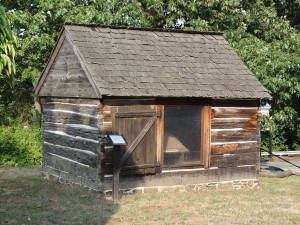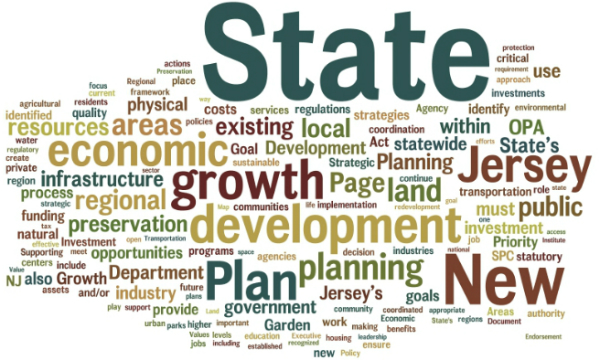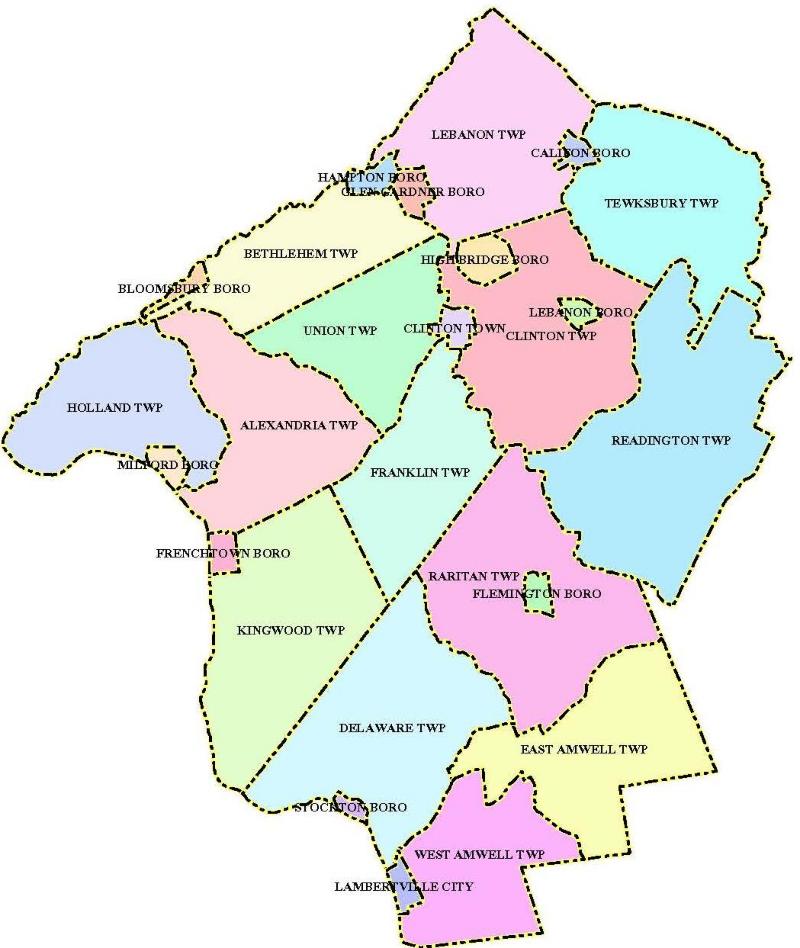New Jersey Future Blog
Economic Opportunity Act’s “Log Cabin Loophole” Invites Sprawl Subsidies
July 18th, 2013 by Chris Sturm

The Mortonson Van Leer Cabin in Swedesboro, N.J., reputed to have been a stop on the Underground Railroad.
The Legislature has been grappling all spring with the massive Economic Opportunity Act (A3680/S2583), which, along with several other changes, streamlines the state’s economic incentive programs from five into two and makes them available to smaller projects.
For the most part, the Economic Opportunity Act prioritizes development and job creation where it should – focusing the most generous incentives in smart growth locations that already have infrastructure, especially areas near train stations and in cities.
Unfortunately, the most recent version passed by the Assembly creates a large loophole that makes virtually any property in the state, regardless of location, eligible for incentives. This undermines other public priorities, including the efficient use of publicly supported infrastructure and the preservation of farmland and open space.
The bill purports to protect the state’s rural areas (identified as State Plan Planning Areas 4A, 4B and 5) from state incentives for job growth and development. However, a significant loophole in the bill’s definition of “qualified incentive area” would allow incentives for a project of any size in any of those locations, provided the target property once had a structure on it. Under this criterion, virtually every property in the state would qualify for economic incentives, as long as it had a home, a parking lot, a well or even a log cabin on it at some point in history! This is a very loose definition of “redevelopment.”
If the bill is adopted into law as written, the EDA would be required to subsidize sprawl development. While all projects would still have to obtain local land use approvals and state environmental permits, the large financial incentive would create added pressure to grant approvals, regardless of location. This would set a bad precedent regarding the locations where the state should encourage development.
The Senate is expected to consider the bill soon, and could easily amend it to fix this loophole, or the governor could close it through a conditional veto.
Here is the language from A3680, page 21, with the loophole highlighted. (Note that this language is also included in the definition of “qualifying economic redevelopment growth grant area” on page 49):
“Qualified incentive area” means:
(8) located only within the following portions of the areas designated pursuant to the “State Planning Act,” P.L.1985, c.398 (C.52:18A-196 et seq.), as Planning Area 4A (Rural Planning Area), Planning Area 4B (Rural/Environmentally Sensitive) or Planning Area 5 (Environmentally Sensitive) if Planning Area 4B (Rural/Environmentally Sensitive) or Planning Area 5 (Environmentally Sensitive) is located within:
…
(d) any area on which a structure exists or previously existed including any desired expansion of the footprint of the existing or previously existing structure (emphasis added) provided such expansion otherwise complies with all applicable federal, state, county, and local permits and approvals …
Additonally, and at the same time, the governor and Senate might want to reconsider a related provision that makes the entire Highlands Planning Area eligible for incentives even though most of that region is designated by the Highlands Council and many municipalities as environmentally sensitive. This is a second example of not targeting state economic development incentives effectively into places that meet multiple state policy objectives.
















